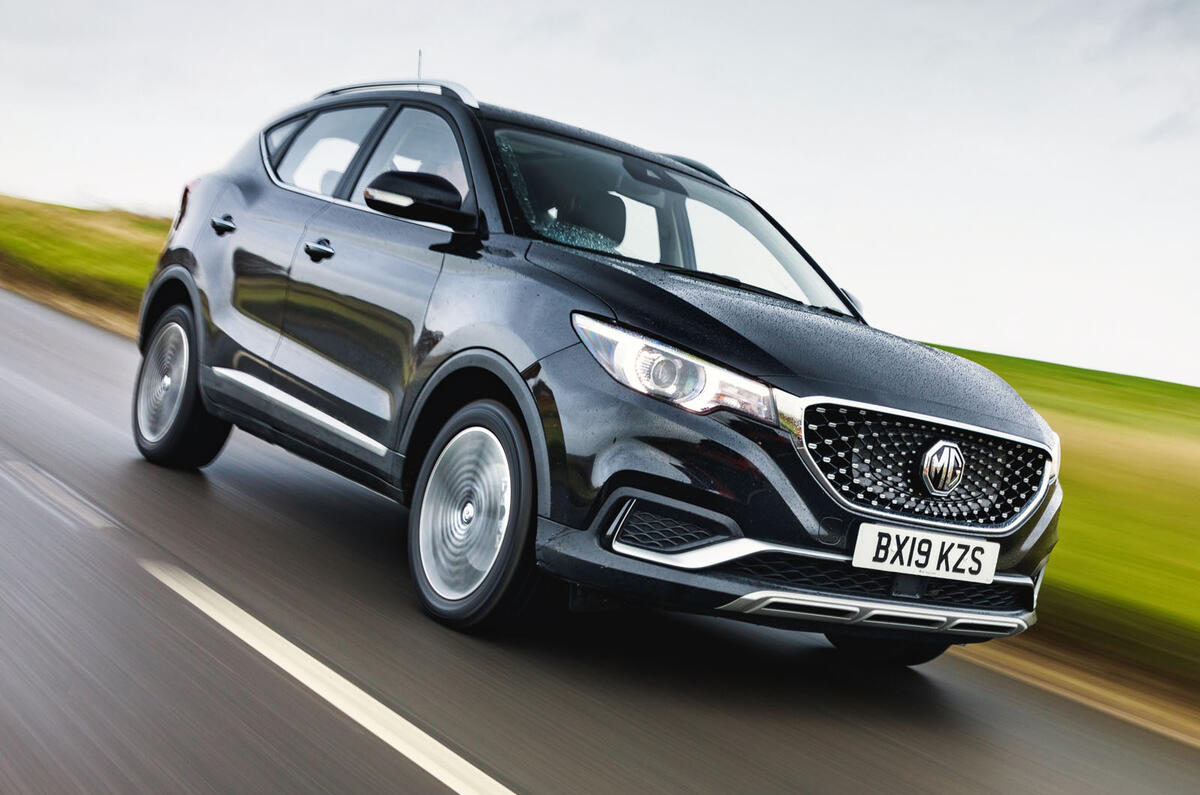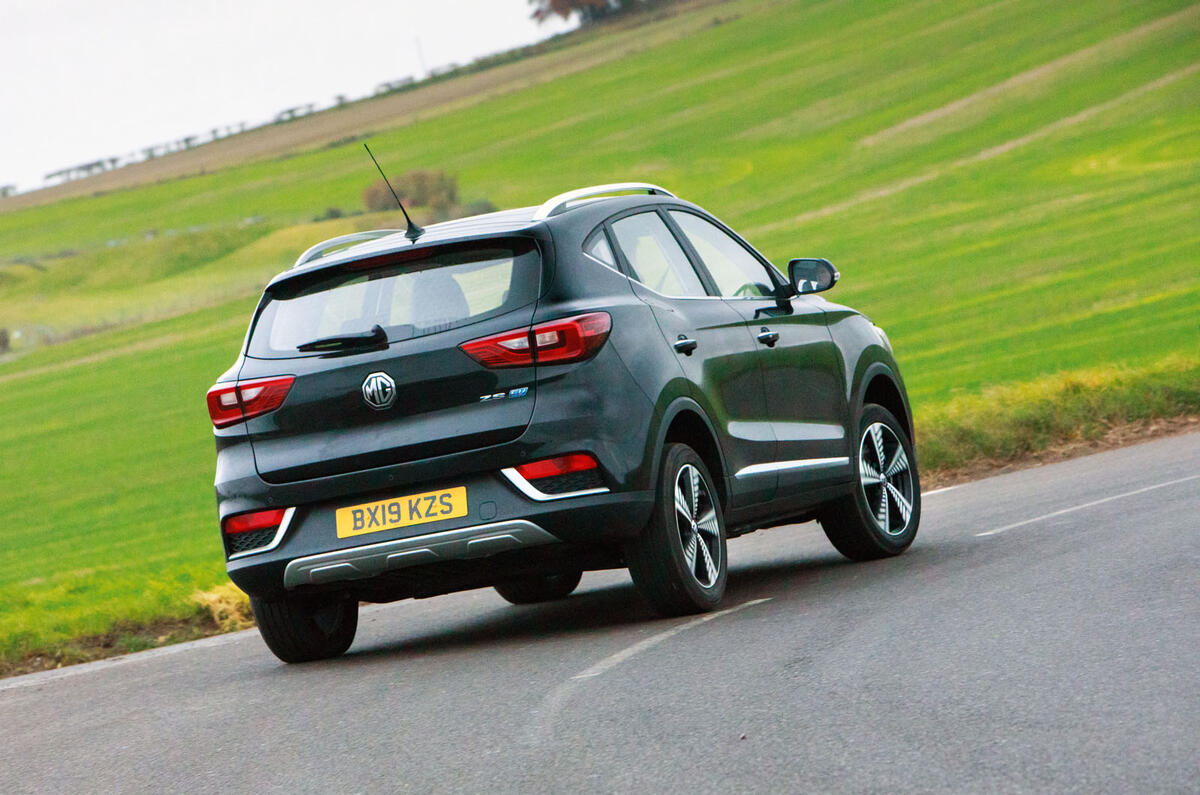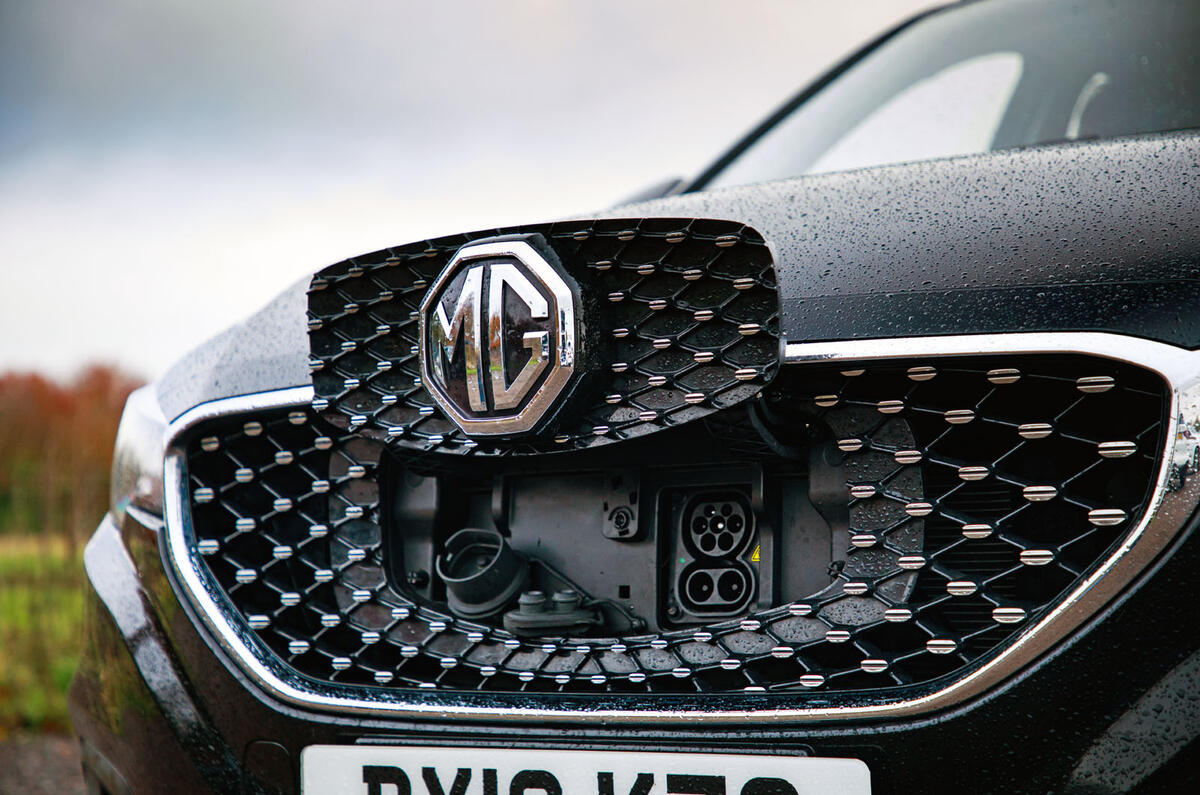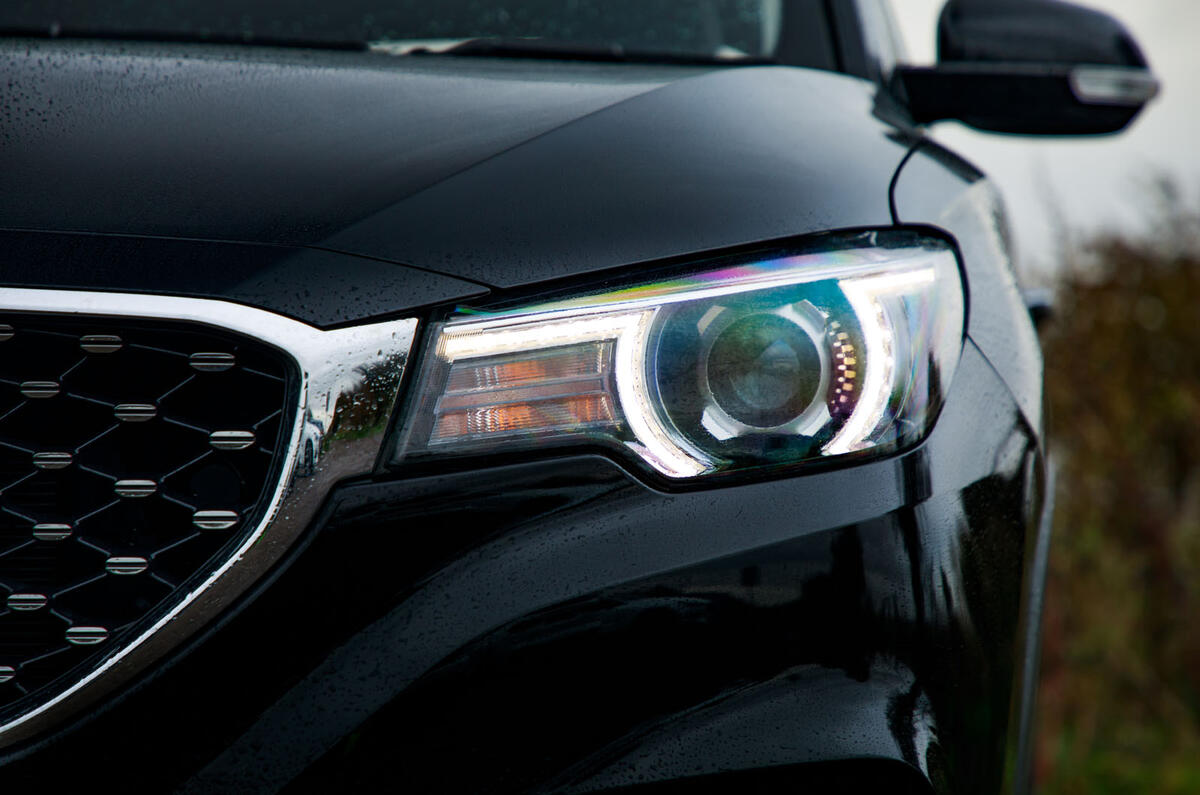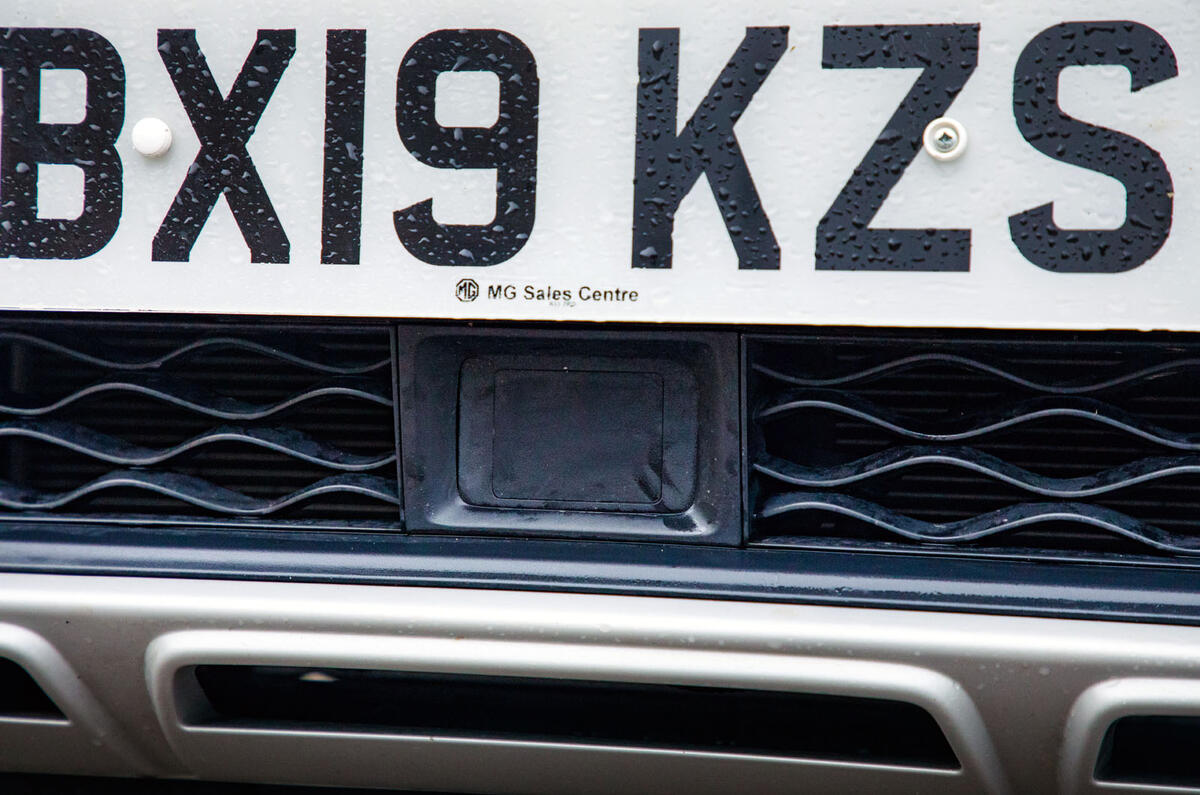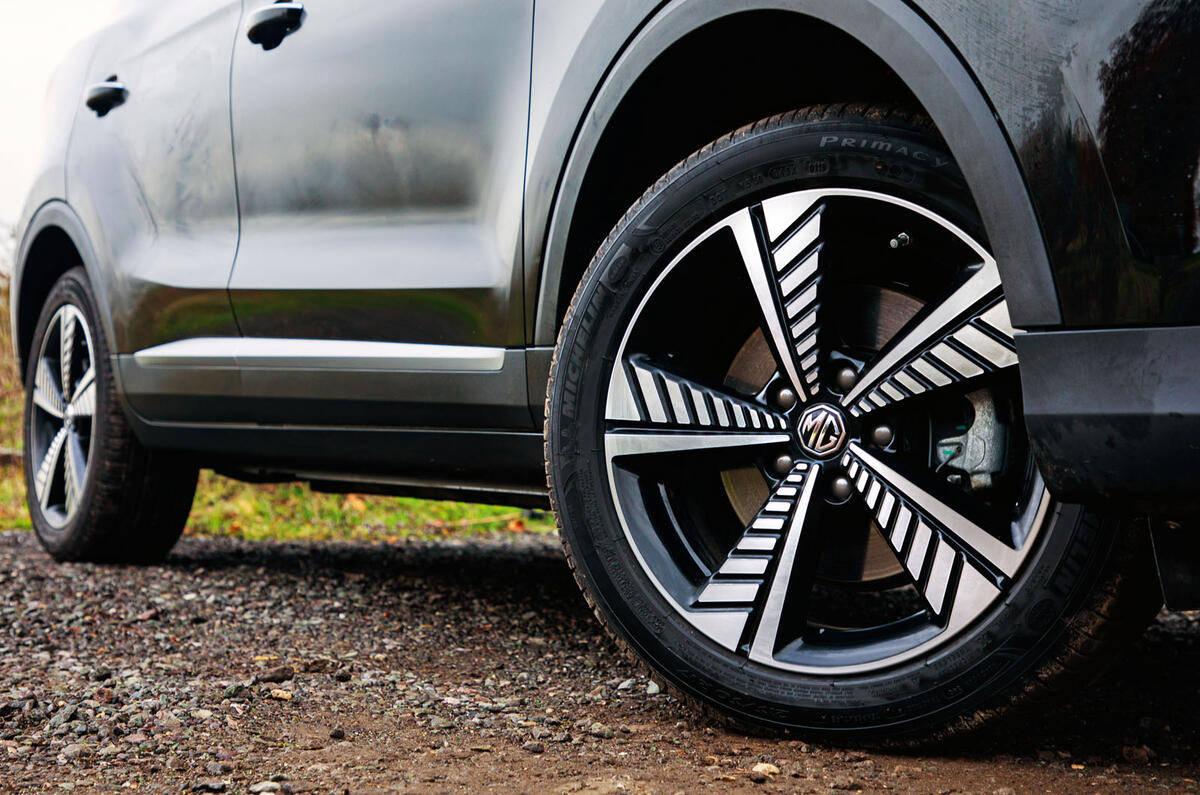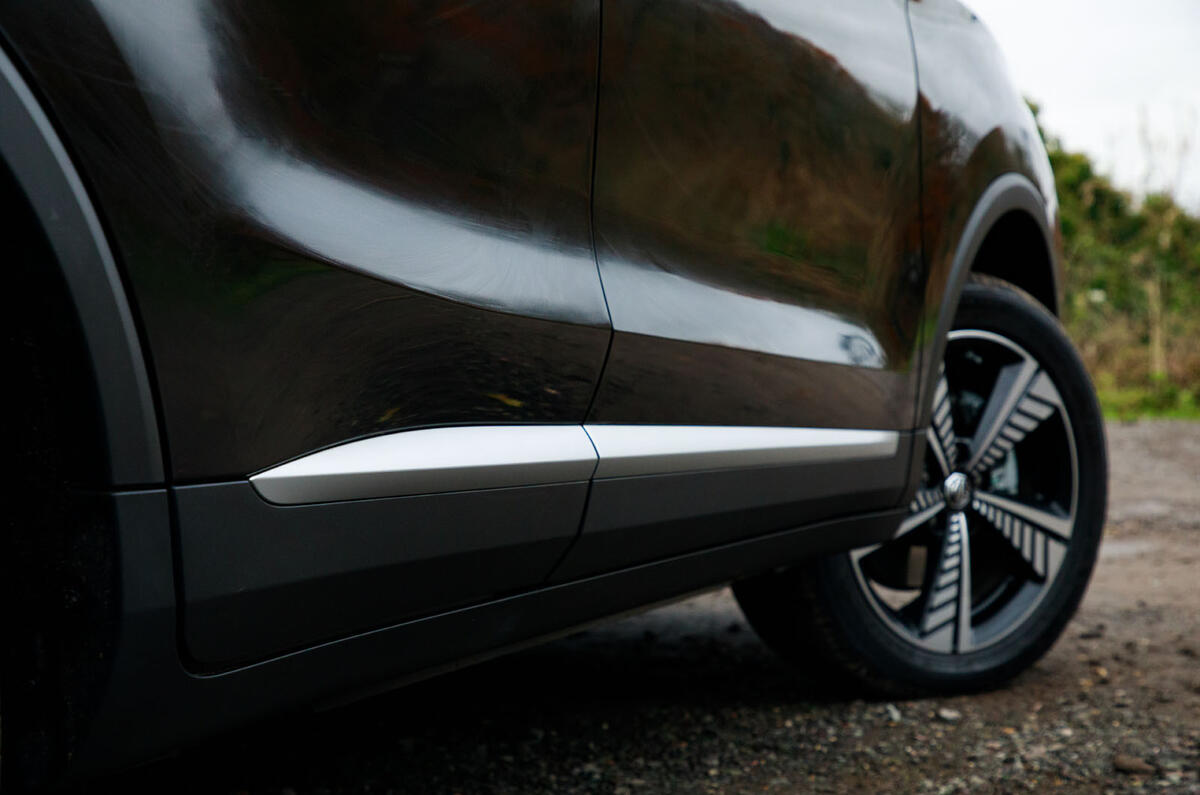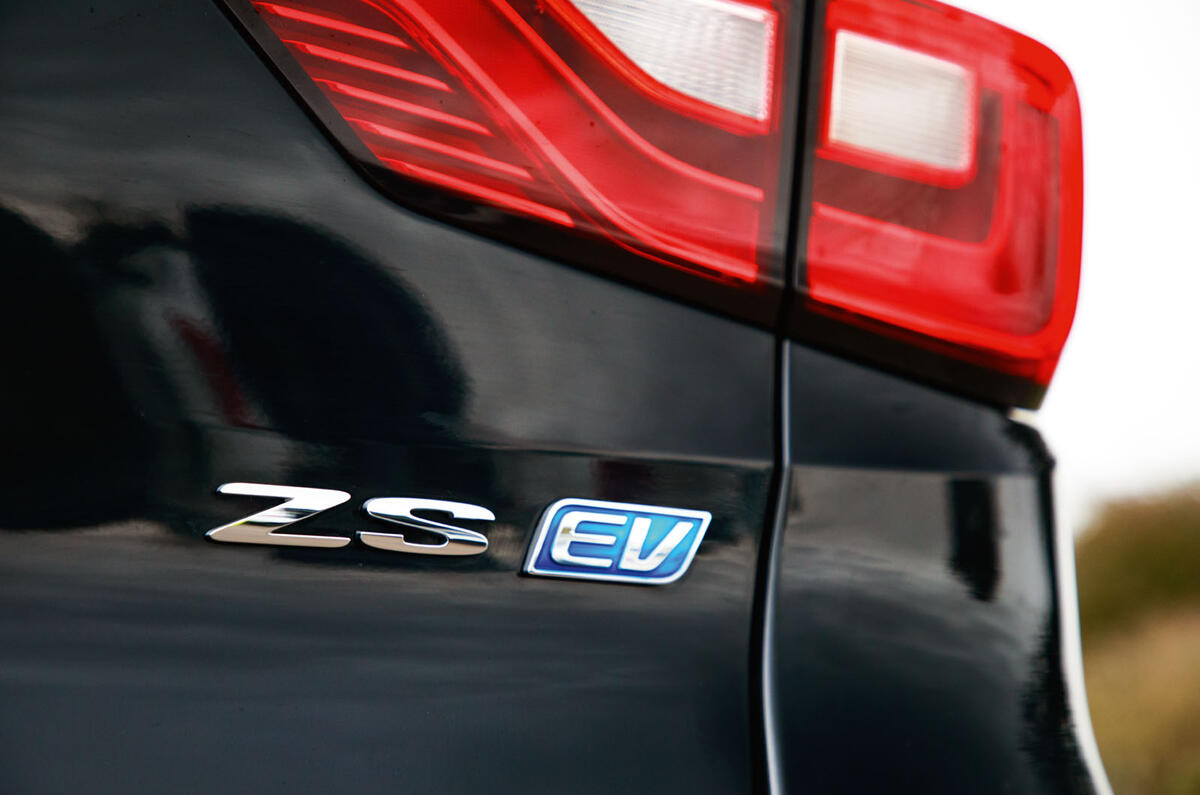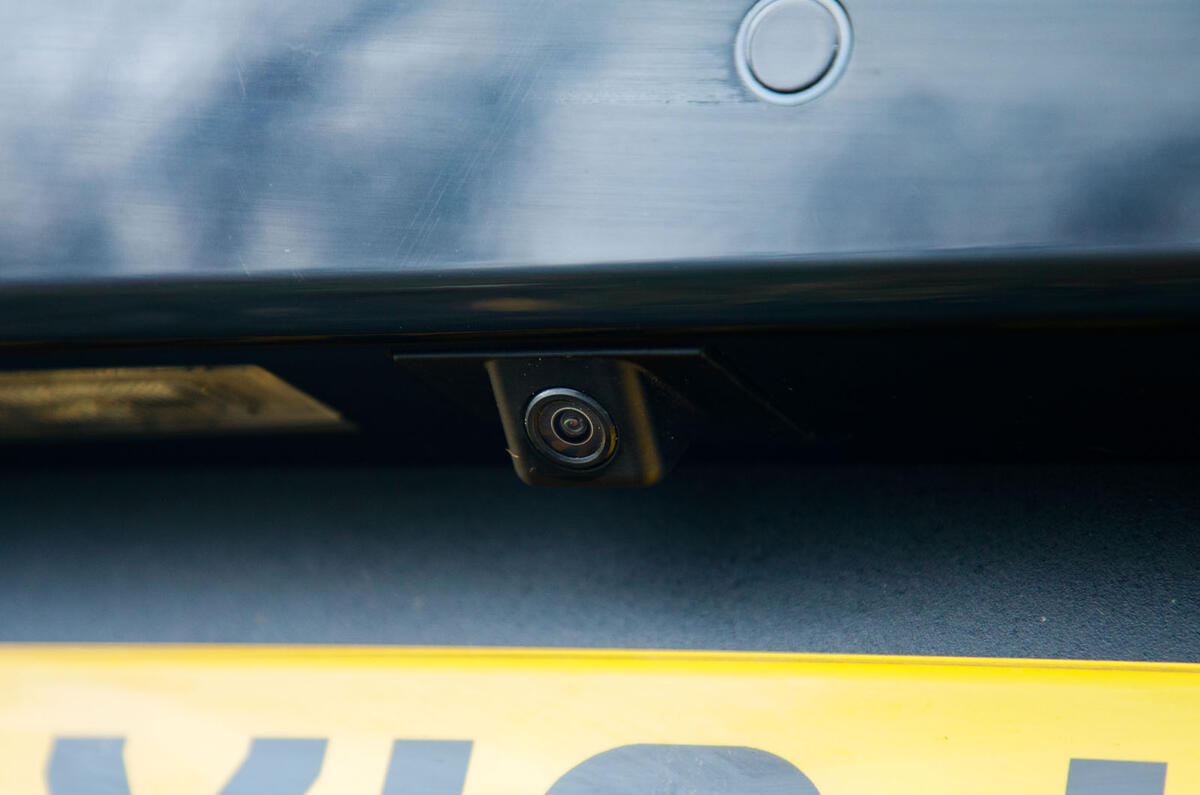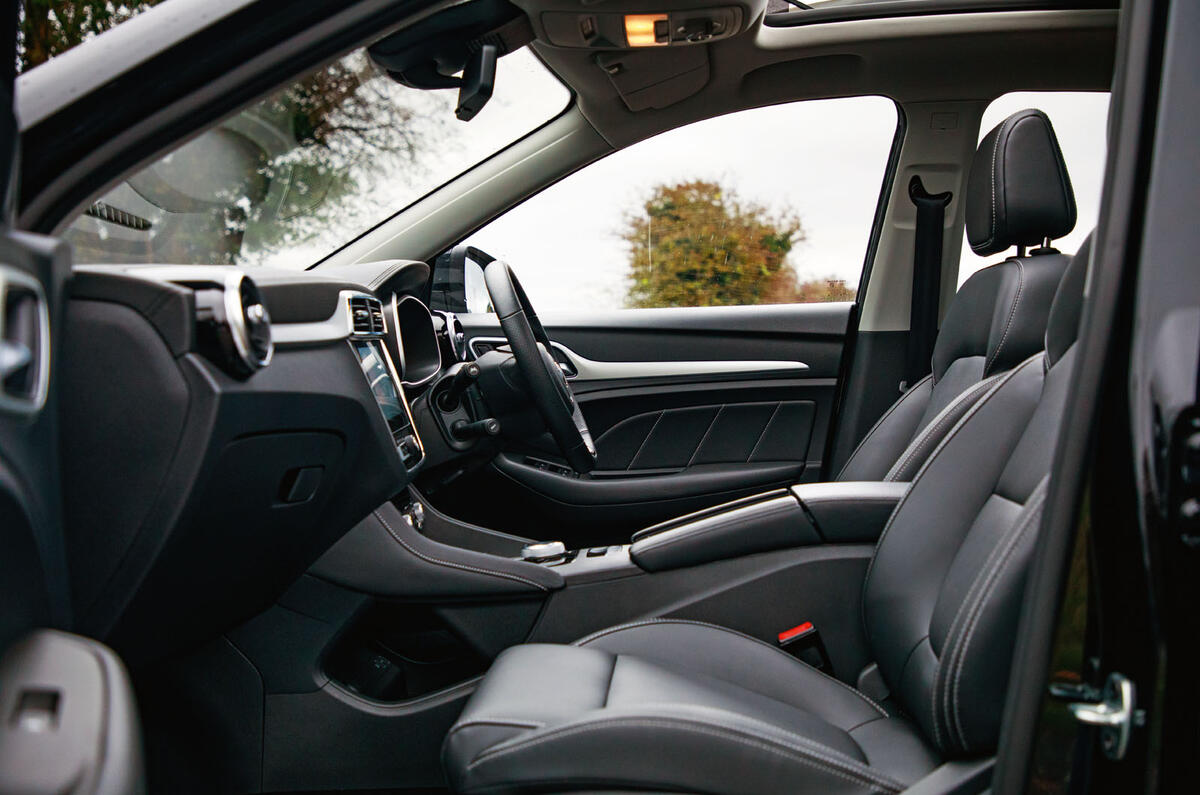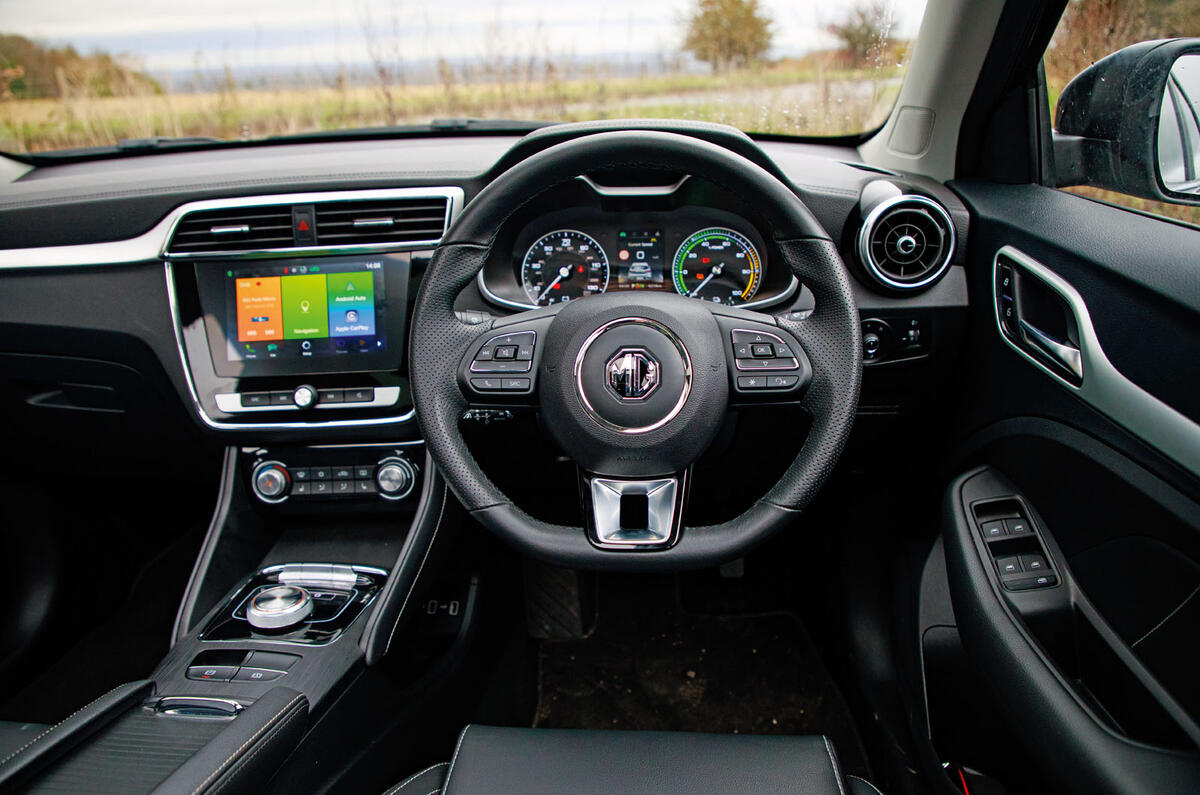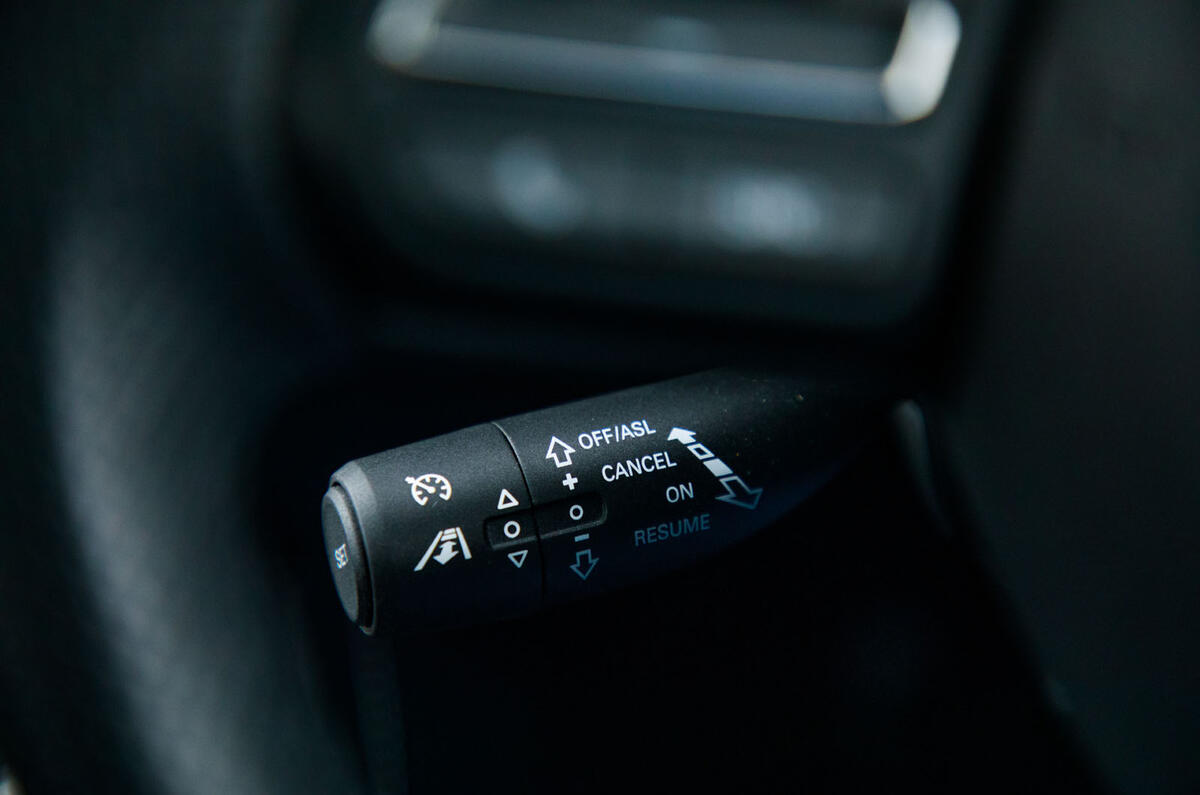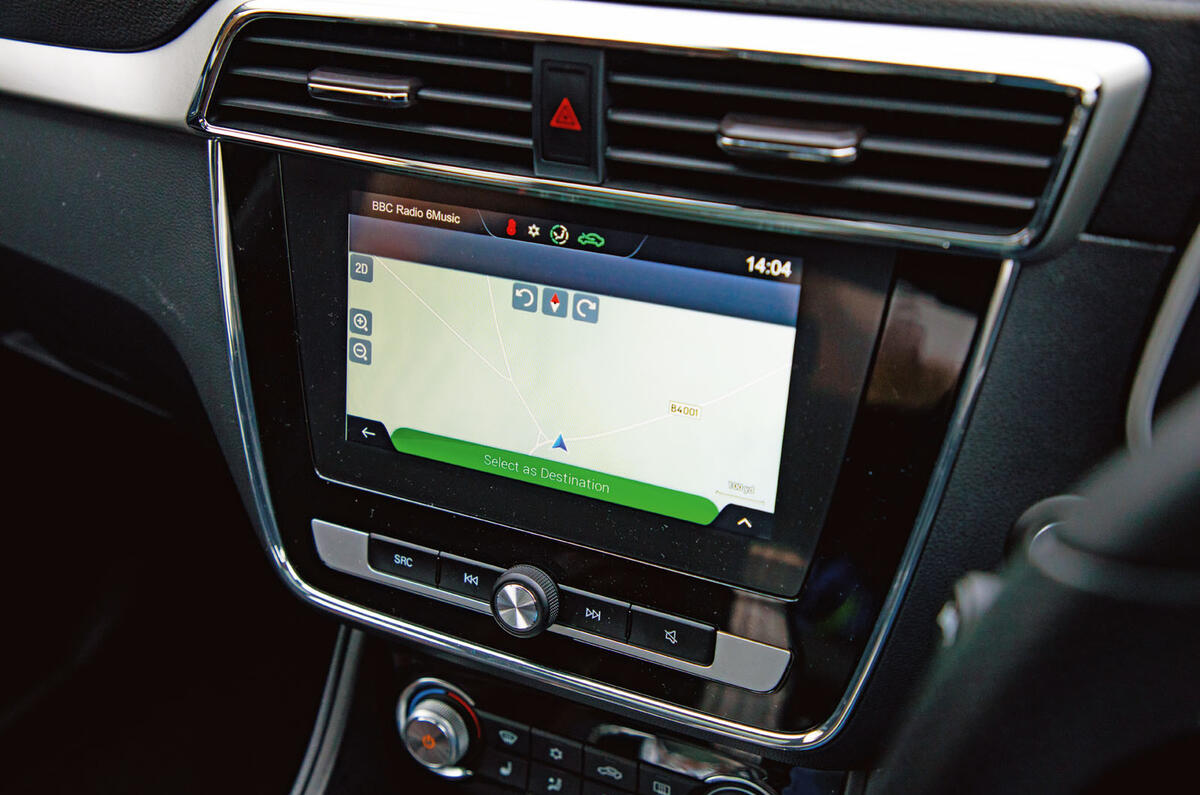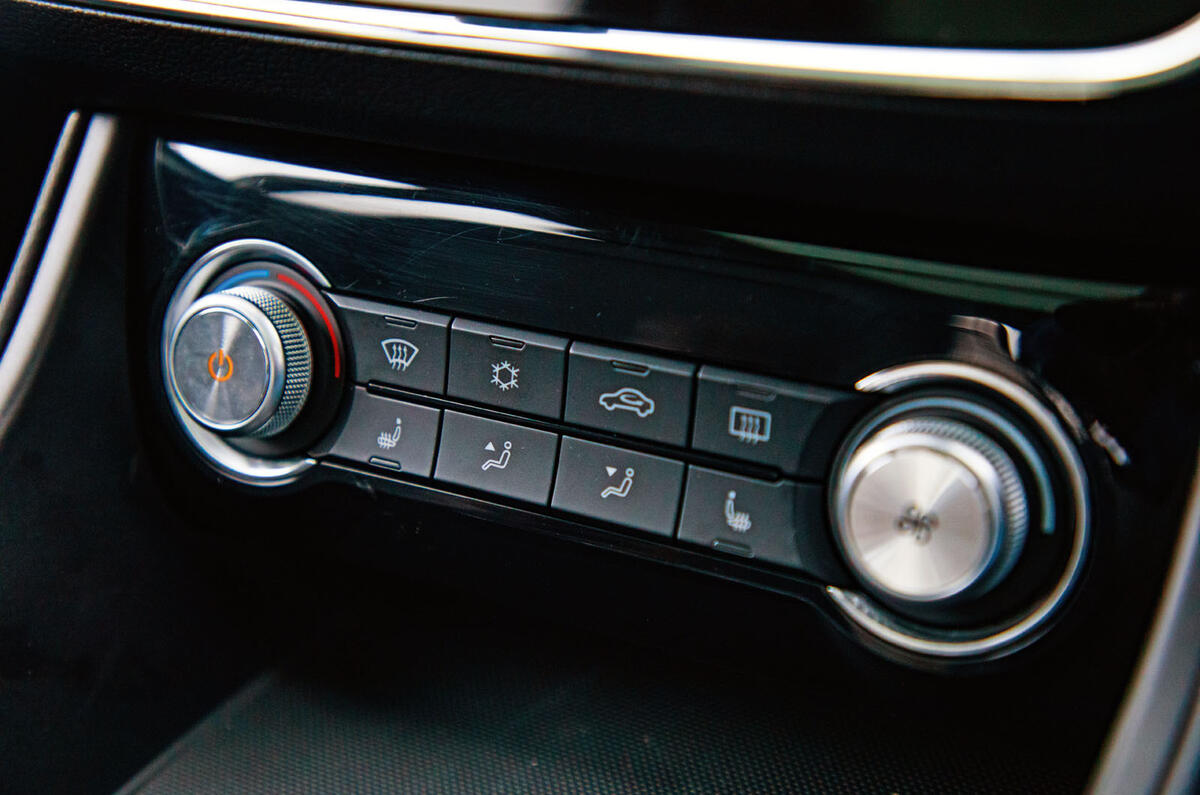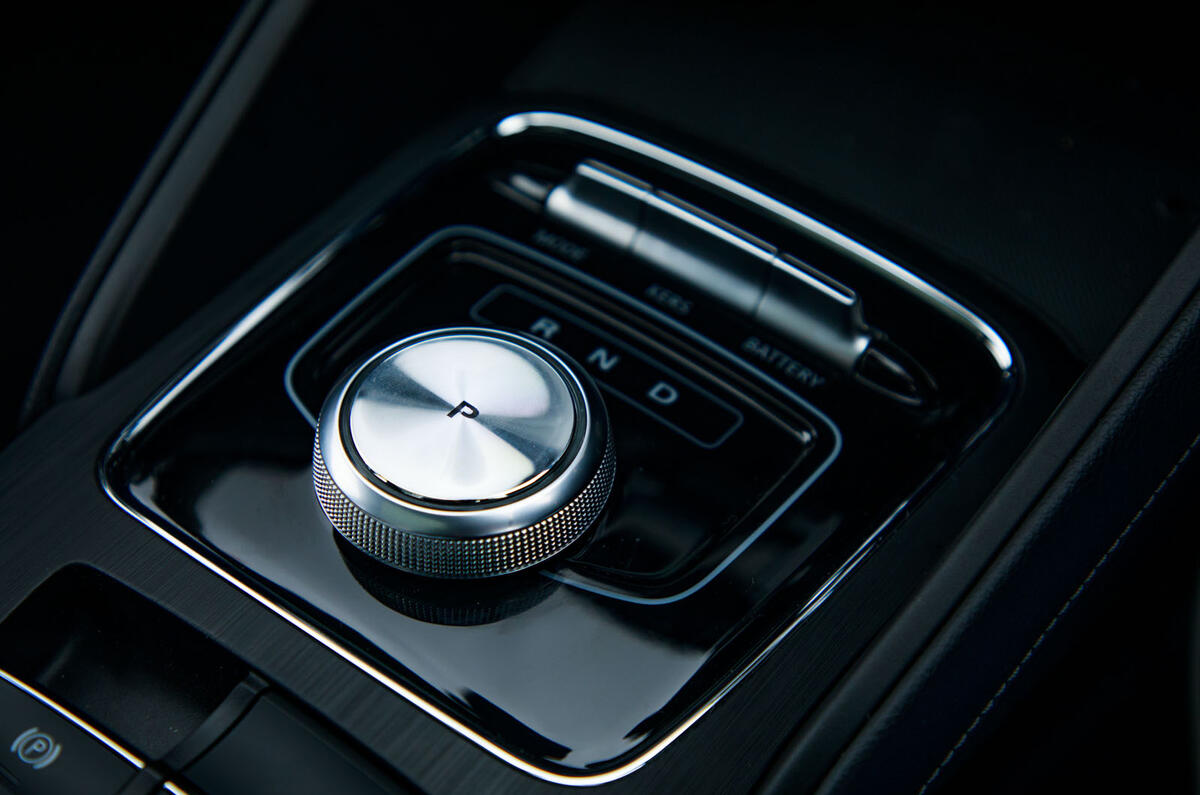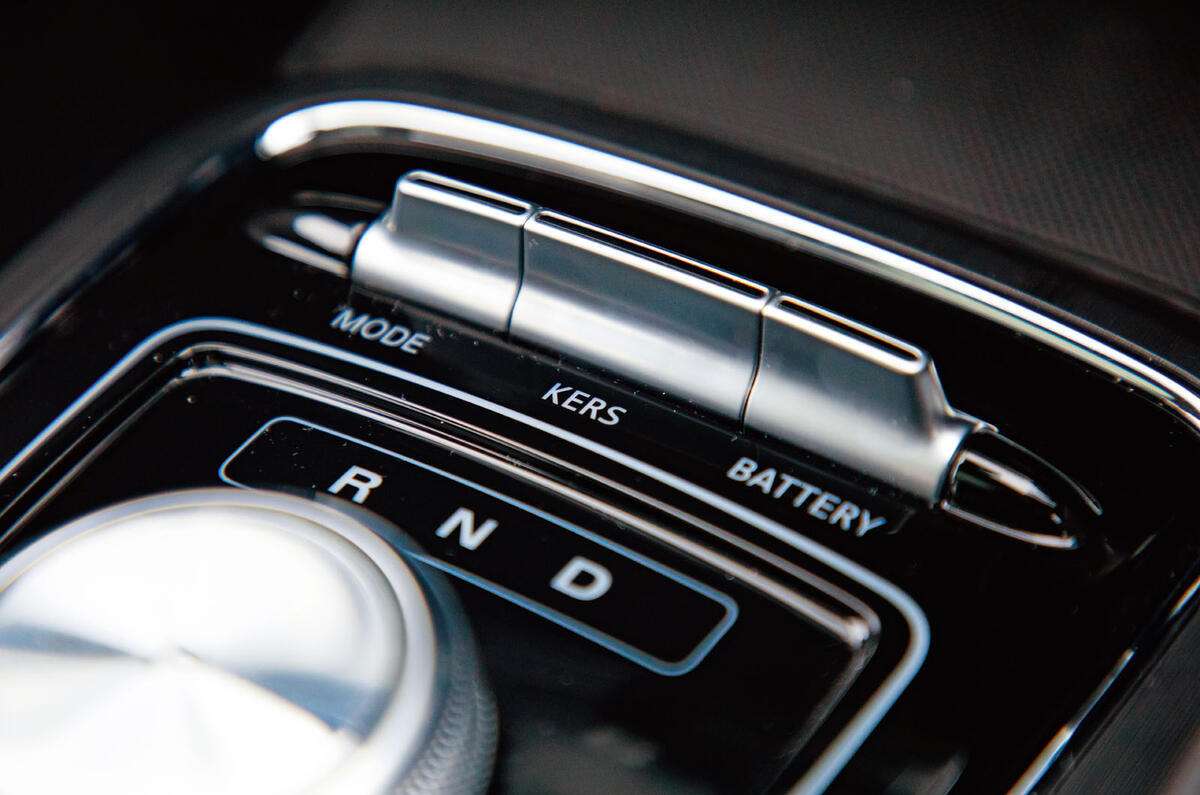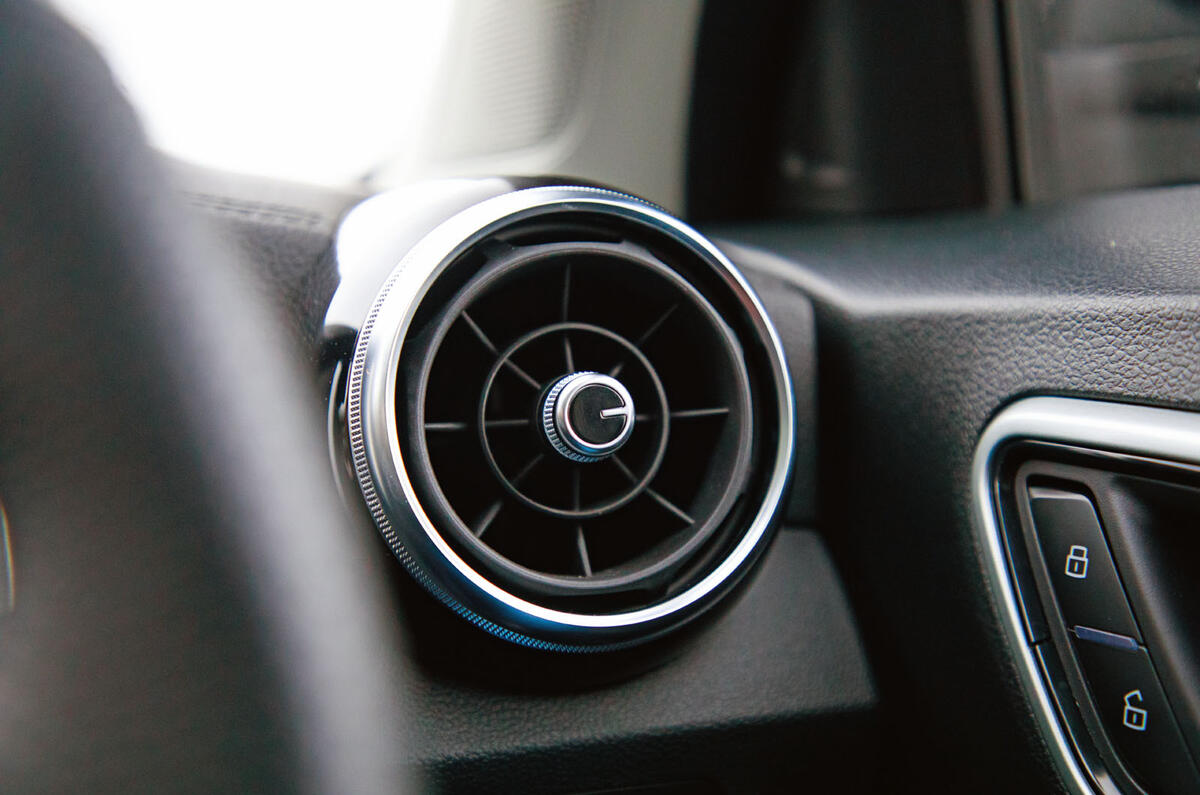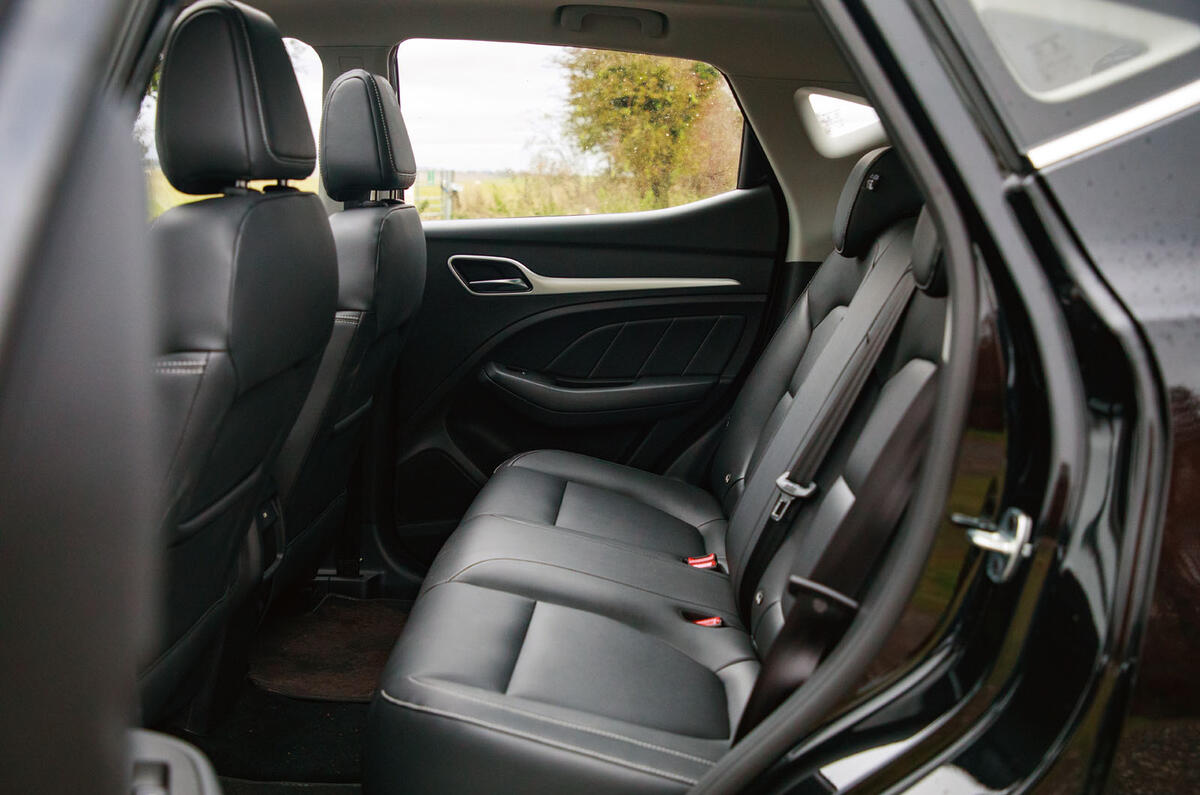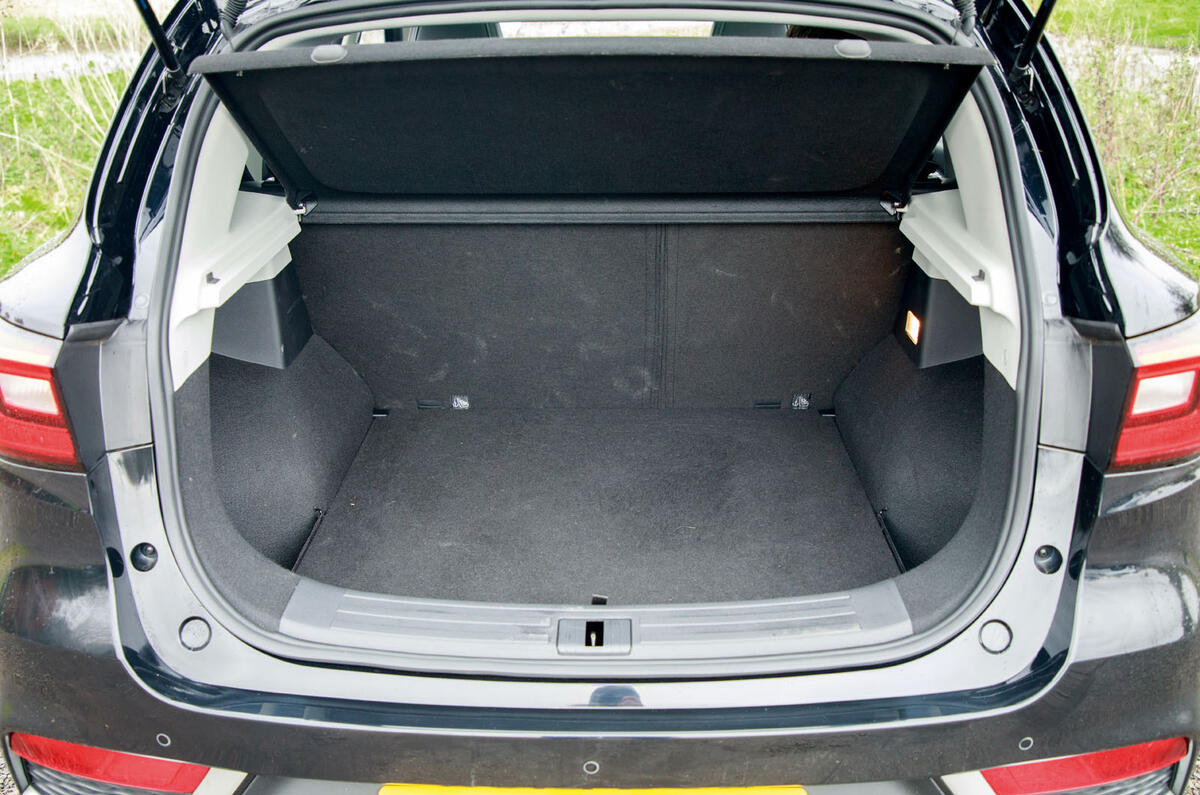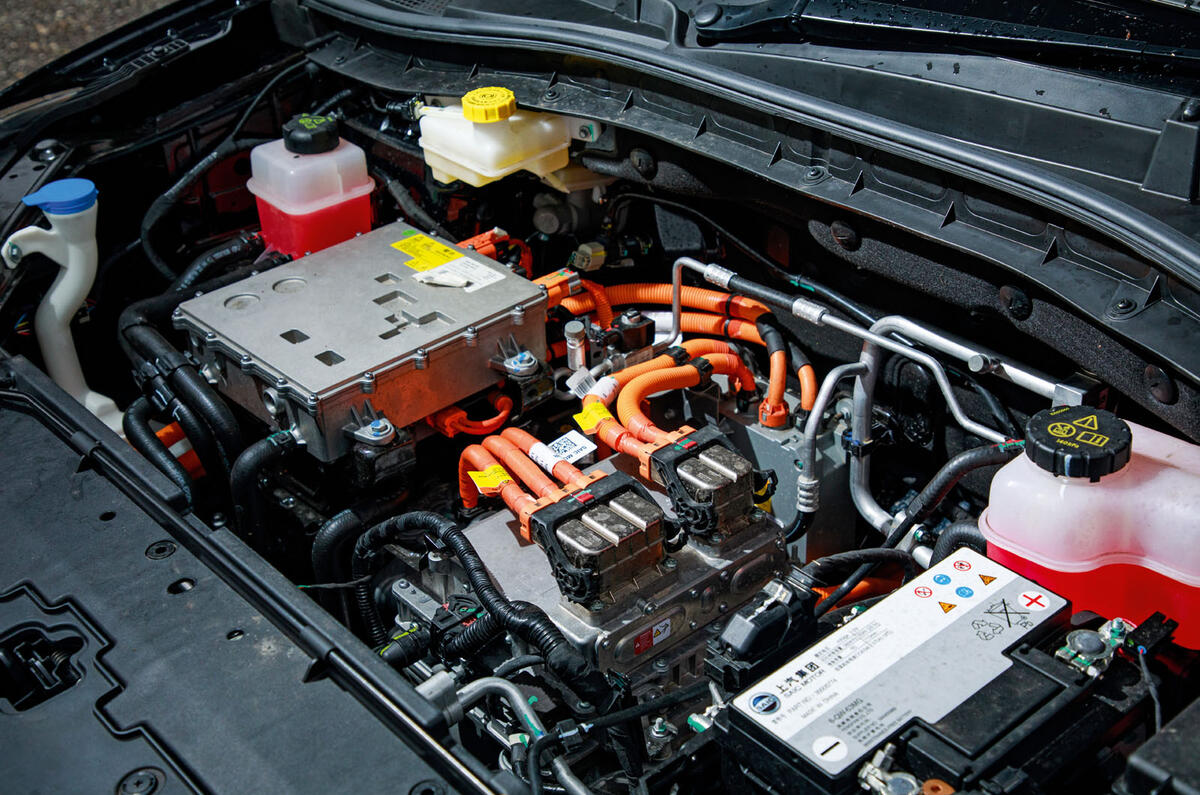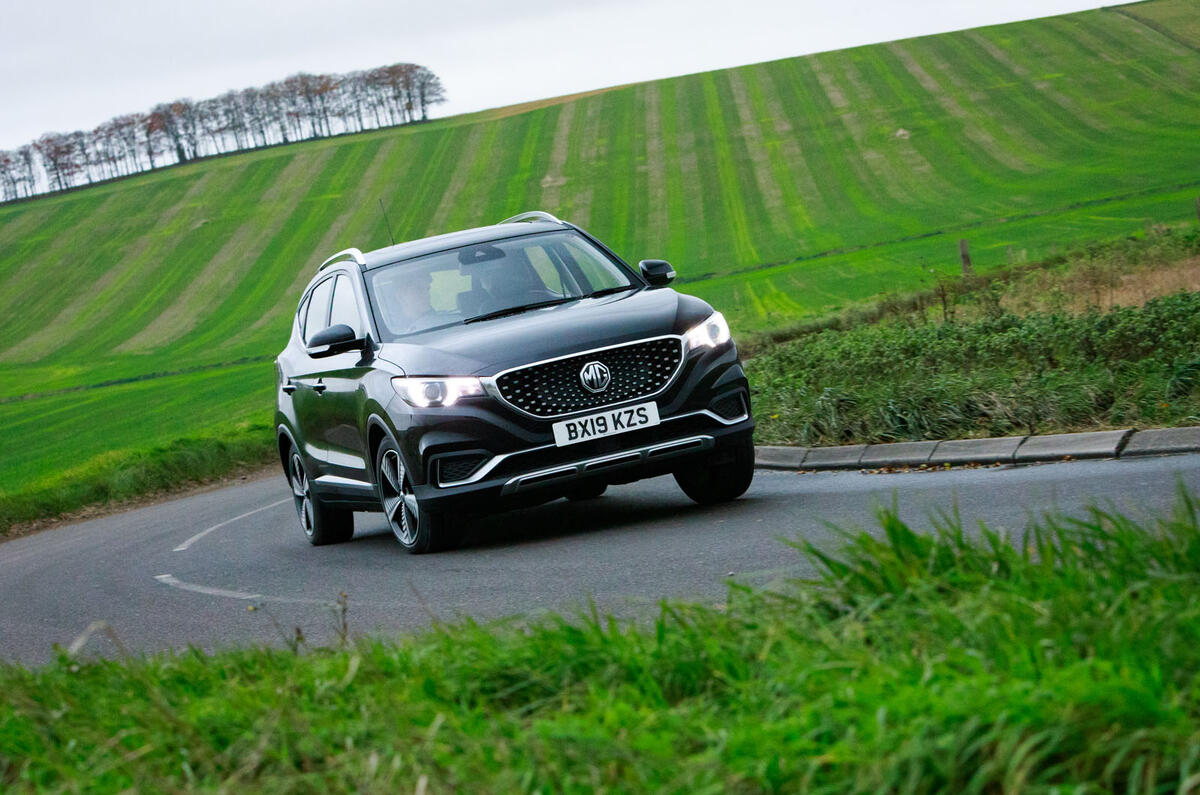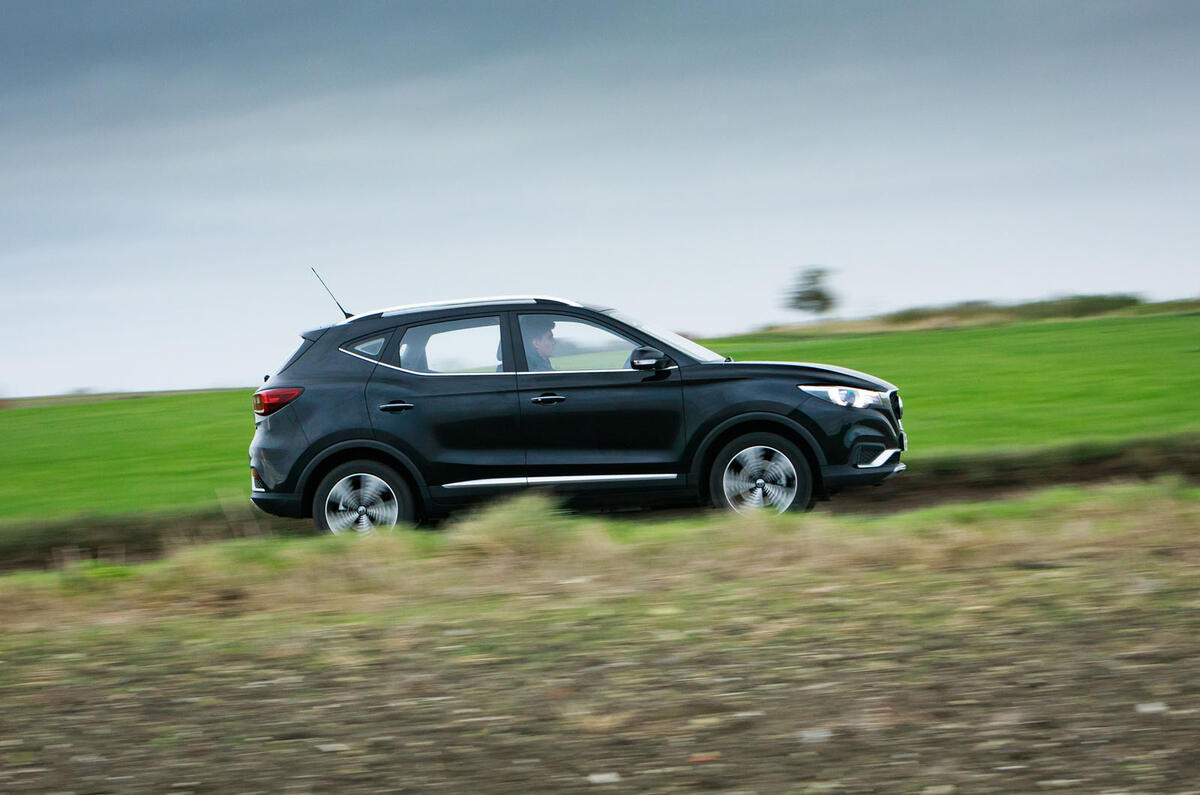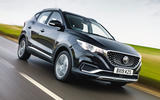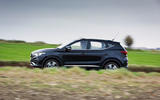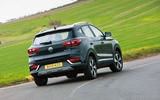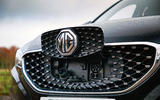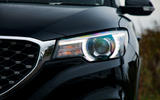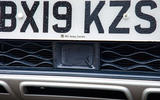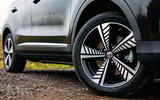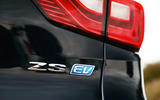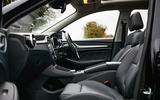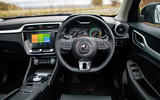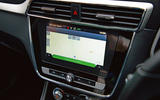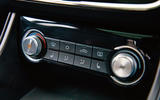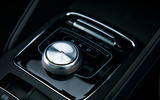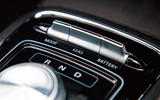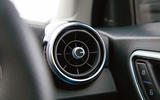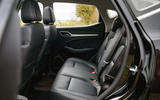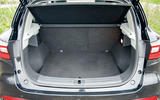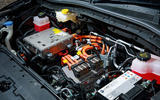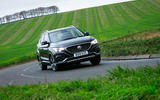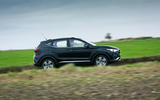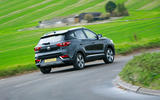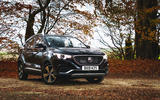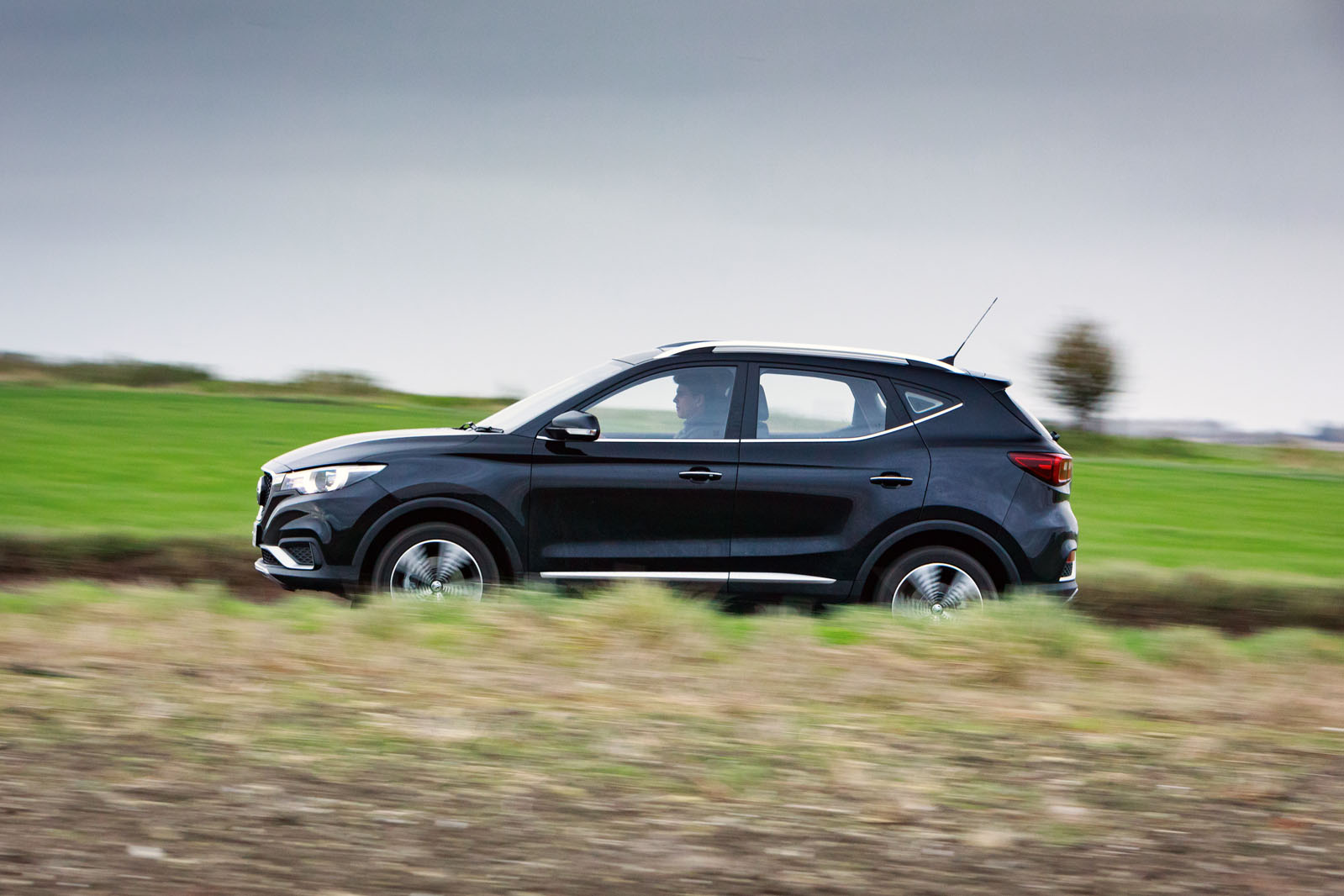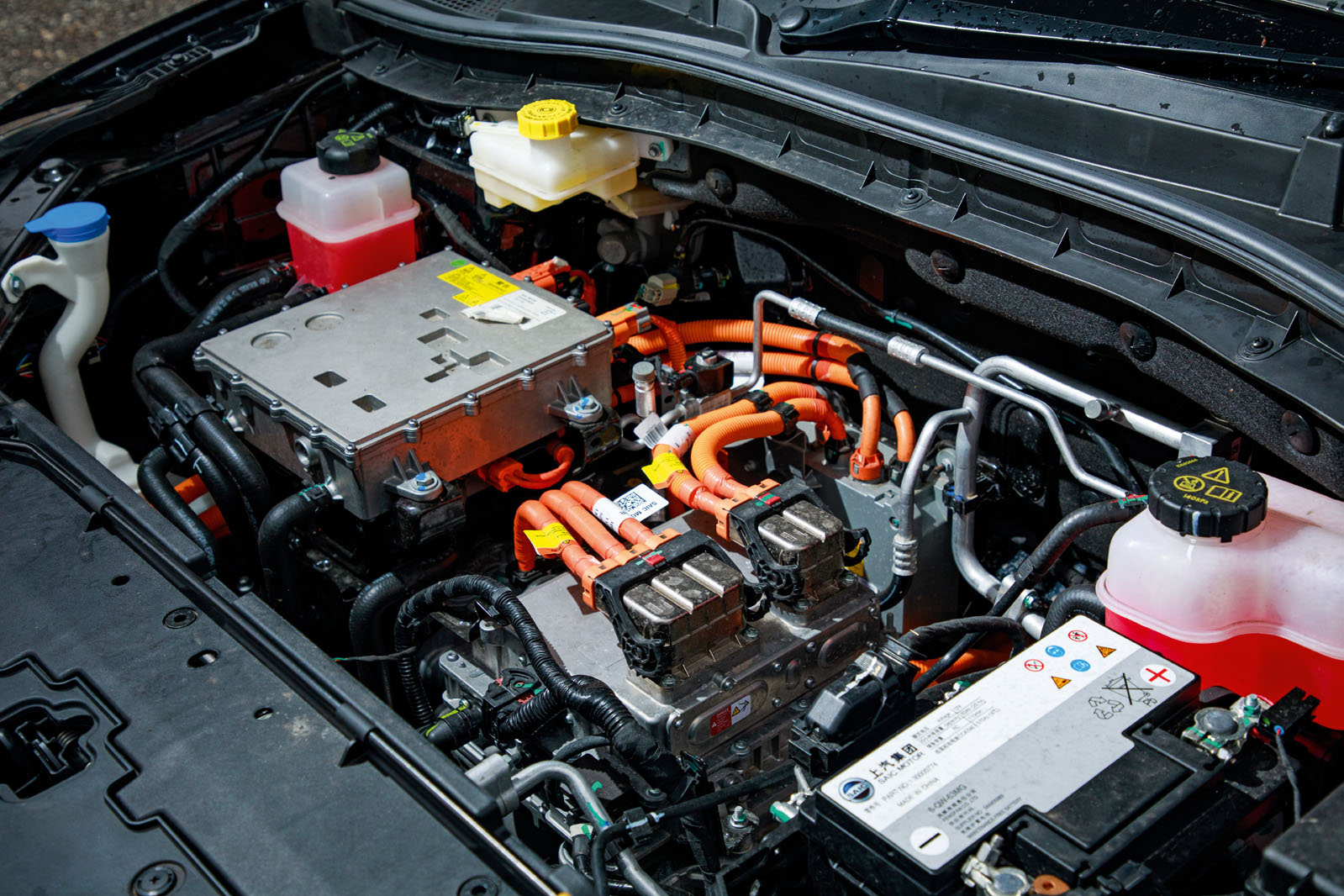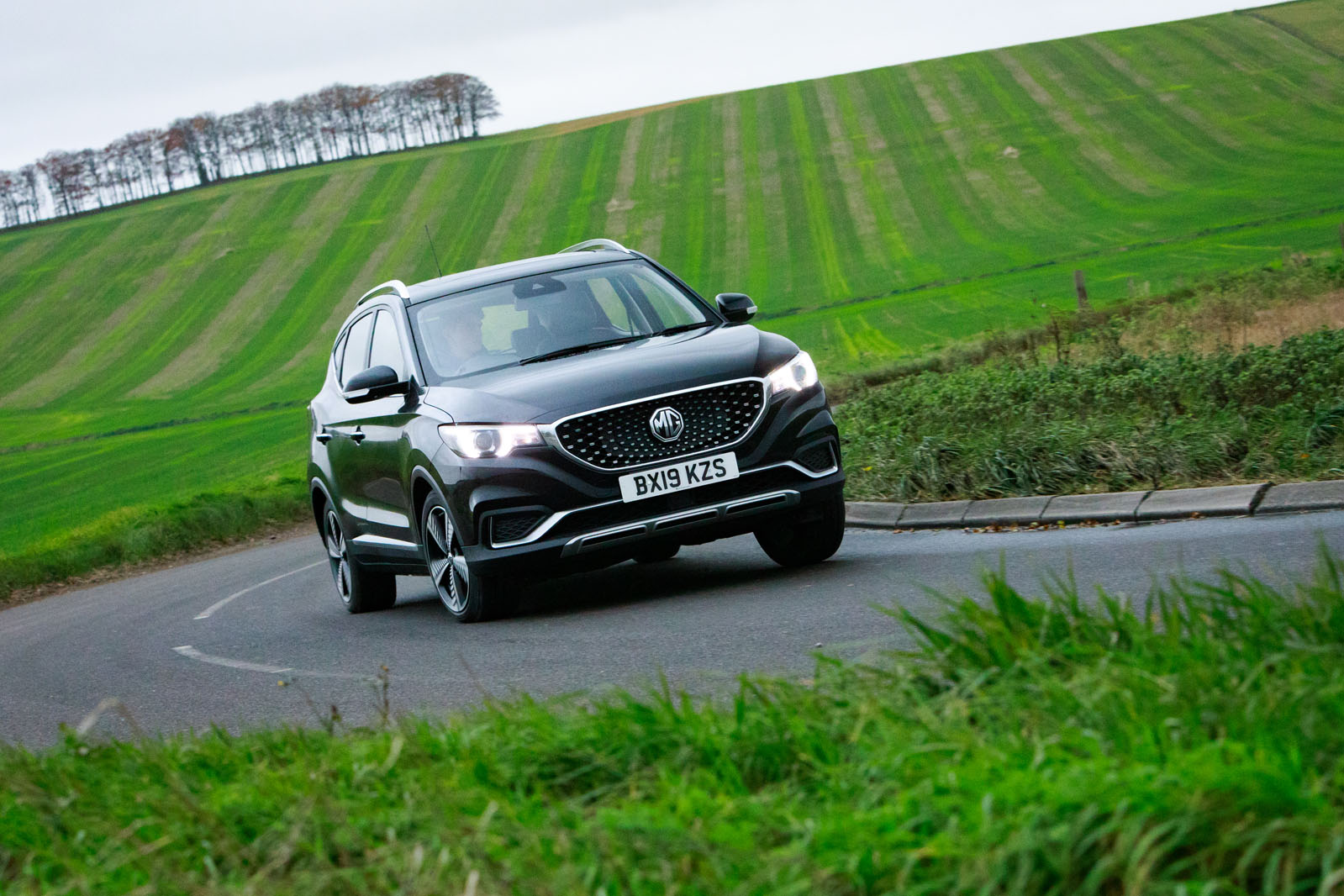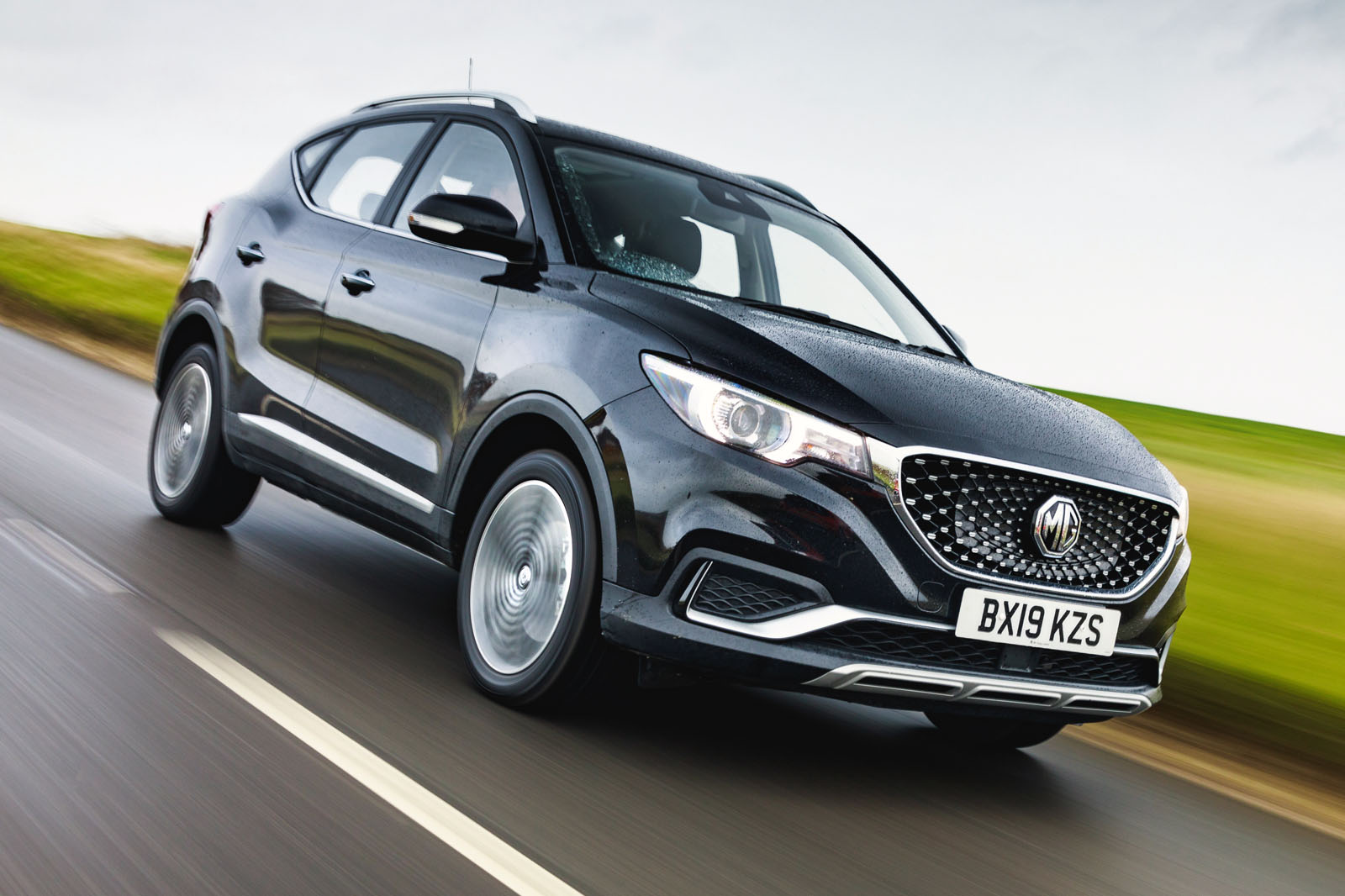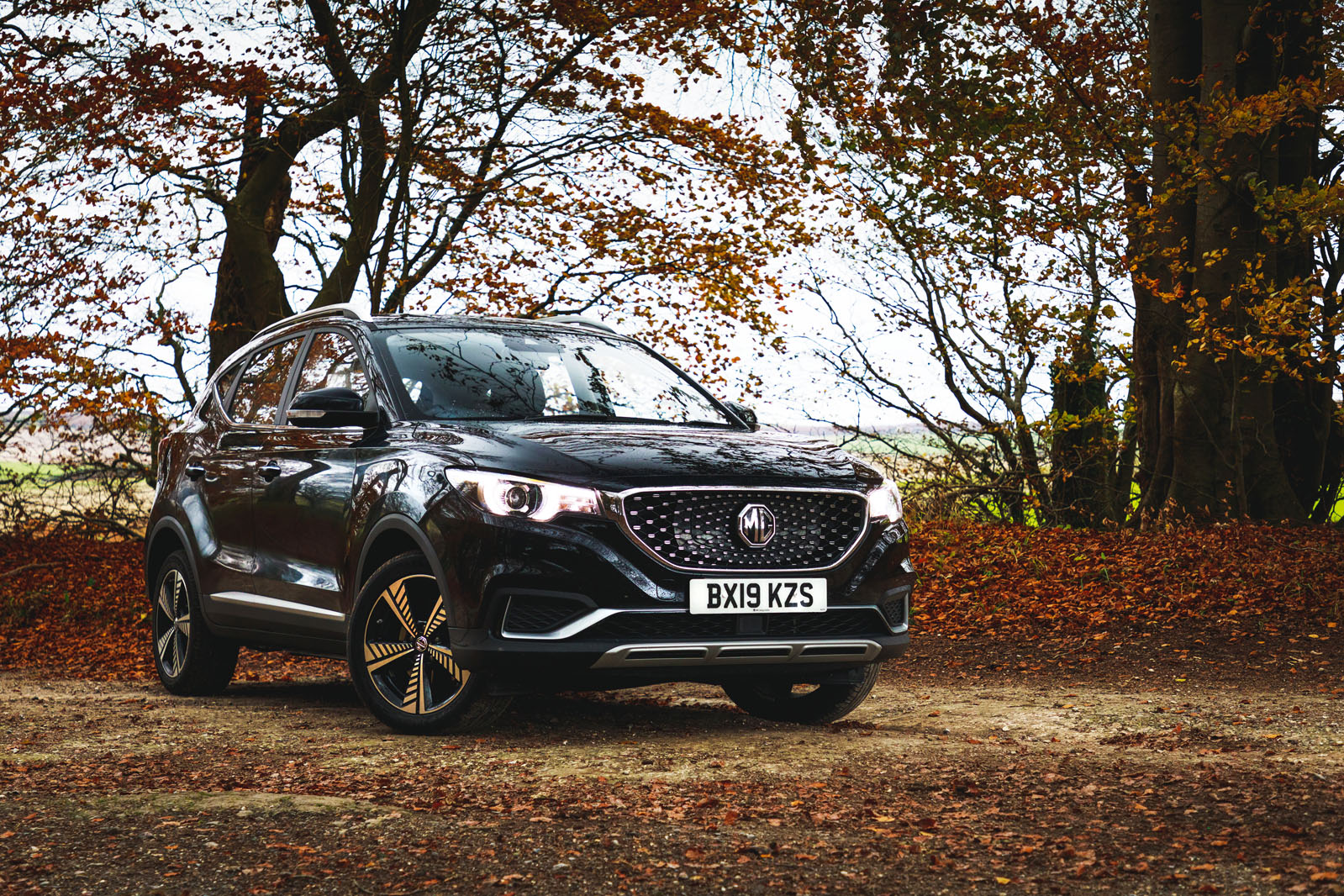It’s a challenge not to begin your ZS EV driving experience in search of a catch. After all, this car so far looks like following through pretty well on its promise of delivering usable – and all-electric – family-appropriate motoring at a price that most people would consider affordable – and MG is the first car maker, it could be argued, to really hit that particular nail so squarely on the head.
But, in terms of how well the car goes and stops and generally how easy and pleasant it is to use, there’s no obvious catch to be found. The ZS EV isn’t quite in a Kia e-Niro’s league for performance assertiveness but, dipping as it did just inside 9.0sec from 0-60mph on a chilly November morning, and hitting 8.0sec from 30-70mph, it’s still very respectably nippy. A 178bhp, 1.5-litre turbocharged Ford Focus is barely any quicker up to the UK motorway limit.
The car struggled slightly in the conditions to put 260lb ft of torque onto the Tarmac through only one axle, as you’d expect. The electronic traction governance might be a little bit less delicate and more slower-witted than in the best of the electric breed, and feels more like it’s engaged in a pitched battle against torque and wheelspin than cleverly gauging traction and meting out grunt accordingly, as some EVs seem able to do.
You can, of course, quite easily throttle back a bit and still take advantage of what EVs do best. The ZS has outstanding linearity of throttle response and, although it doesn’t quite sweep into motion the instant you move the accelerator pedal, the car has evidently been tuned instead to avoid the sense of hyper-responsiveness that you can get from some EVs. It picks up pace between 20mph and 50mph with plenty of gutsiness, which then begins to decrease as you approach the national speed limit – although there’s still plenty of urgency available for A-road overtaking and motorway lane manoeuvring.
MG offers three driving modes and three separate battery regen presets, both selectable via rocker switches at the base of the centre stack. ‘Eco’ driving mode seemed, during our testing, to achieve little to boost efficiency and much more to blunt drivability, so it’s best avoided.
The battery regen setting flexibility does at least allow you to let the car coast pretty effectively when it’s smart to do so, or to drive it ‘on one pedal’ should you prefer. Both are agreeable modes of operation, although the car’s brake pedal tuning fails to make it clear through tactile feel when you’re regenerating electrical power and when you’ve progressed to involving the friction brakes.
Assisted Driving notes
Both Excite and Exclusive trim levels come equipped with MG Pilot – the firm’s semi-autonomous active safety system package. Its capabilities vary slightly between trim levels, but all models feature active emergency braking, lane-keep assist and adaptive cruise control. Exclusive models gain features including blind-spot detection and rear cross-traffic alert.
Adaptive cruise control works largely as you’d expect it to, adjusting speed on the motorway to maintain a consistent distance from the car in front. It can, however, be hesitant to accelerate when you want to change lanes to overtake a slow-moving car.
The lane-keep assist system is effectively useless. It drops out persistently and, when it does work, it doesn’t seem to effectively keep you from wandering into another lane. Meanwhile, the MG’s near-constant chiming and bonging as these various systems either start up or drop out provoked the ire of all of our testers.


